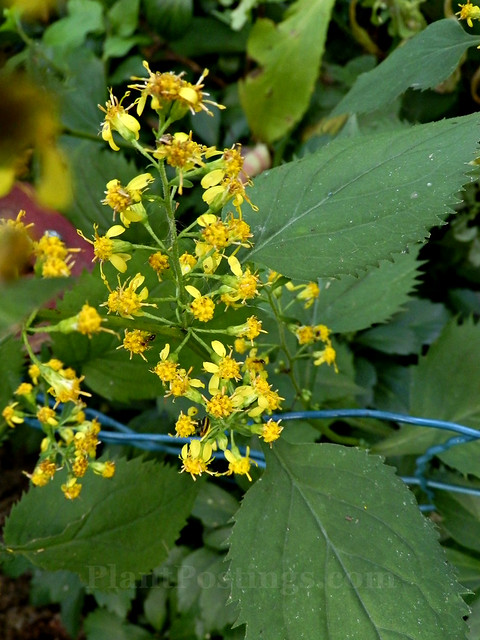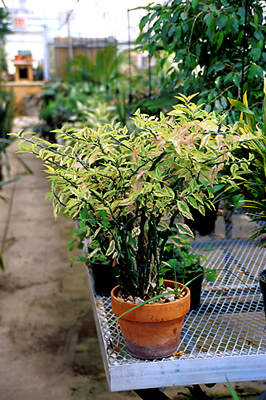

Keep the distinctive houseplant moderately moist, but never too wet and avoid waterlogging. If winter temperatures are too high, flowering often stops. The substrate should be permeable and rich in humus. In winter it should nevertheless be cultivated indoors – preferably on a bright windowsill in the coolest possible room with a temperature of five to ten degrees Celsius and good ventilation. For a short time, the zigzag shrub even tolerates slight sub-zero temperatures. During the summer it can also be placed in a pot or bucket in a semi-shaded place on the terrace or balcony. The zigzag shrub prefers a bright, sunny location all year round. The fruit set is highest when two plants are cultivated that can be pollinated by insects.ĭiscover indoor plants in the our store shop They are very decorative and exude a faint, slightly sweet fragrance.Īfter flowering, yellow to red, elongated stone fruits sometimes appear. In late winter and spring the small yellow flowers of the zigzag shrub appear. At the underside, they are also whitish hairy. The leaves of the zigzag shrub are silver-green, small and ovate to elliptic and pointed. At its home location, the zigzag shrub grows up to two metres high.

This results in a wild and very special growth pattern in zigzag form.

The zigzag shrub is a small, deciduous shrub with white-fluffy hairy shoots that change direction after each leaf attachment and knot. Nevertheless, it is slowly but surely developing into an absolute trend plant. This easy-care, somewhat bizarrely growing houseplant has not been on the market for very long. The zigzag shrub belongs to the Escalloniaceae family and originally comes from the bushes and forests of New Zealand.


 0 kommentar(er)
0 kommentar(er)
